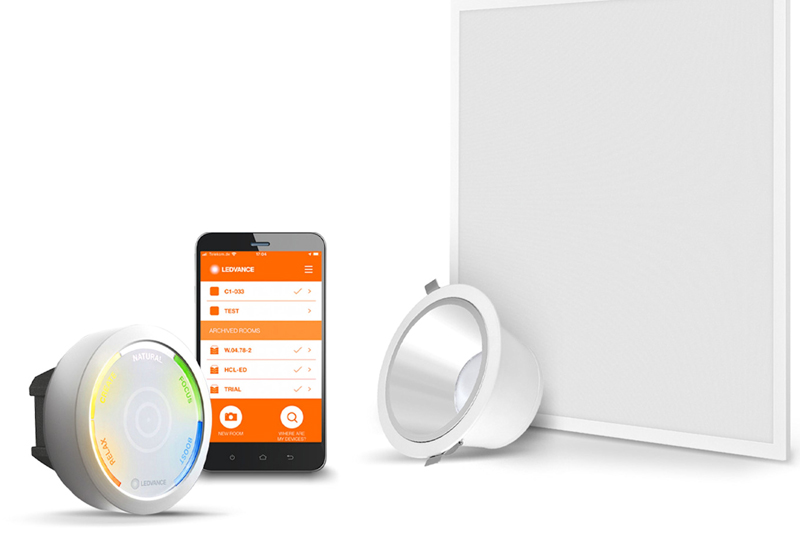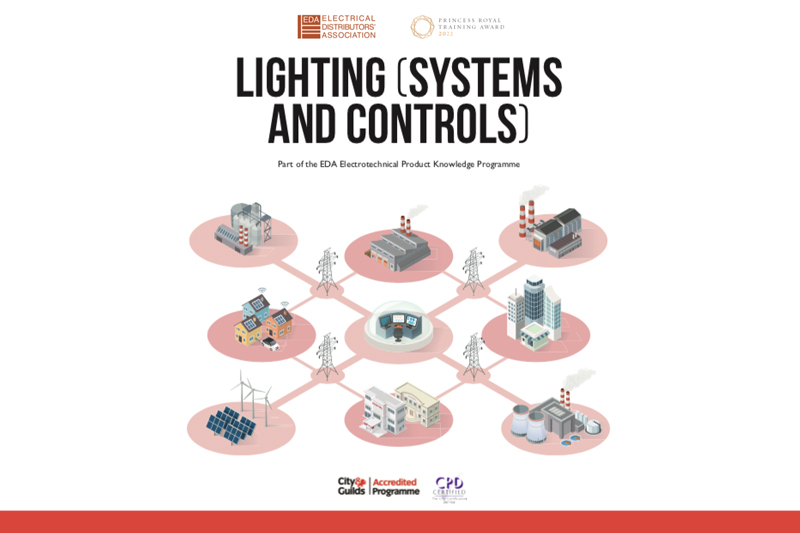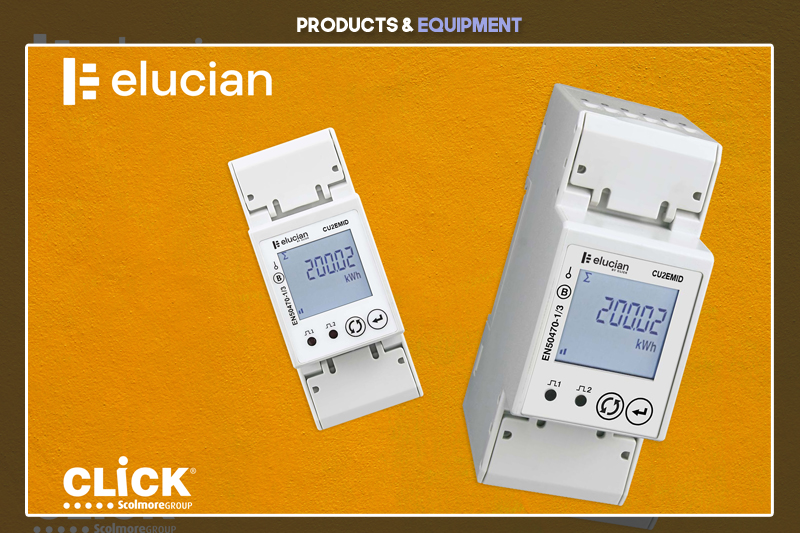LEDVANCE looks at different types of intelligent lighting systems and controls and how they can help to achieve a reduction in energy consumption.
Businesses looking to invest in an intelligent lighting system for their work facilities will find a wealth of products at their fingertips. Climate change has accelerated the speed at which lighting management is innovating, as has the recent RoHS ban on T5 and T8 fluorescent tubes. The results are not only exciting, but game-changing from an energy-saving perspective. A comprehensive, networked amalgamation of all the lighting controls within a building leads to an impressive reduction in energy consumption that cannot be replicated by alternative methods, such as switching to LEDs alone.
In July 2022, LEDVANCE conducted its own research into lighting and the impact it has on the environment, and subsequently global warming. The results showed that while energy-efficient luminaires certainly help reduce lighting’s impact, there reaches a point where the energy savings plateau and increasing lumens per watt is simply not enough. An intelligent sensor-assisted light management system which can switch on and off or dim the light increases efficiency past this point by saving consumption. It is therefore not just useful, but essential, for businesses to reap the benefits of energy saving from intelligent light systems.
Facilities managers will be reassured to know that within the wide selection of systems available is an exceptional choice of customisation options that tailors the lighting to what a facility and the workers within it need.
Sensors
The scope of sensor programming on offer in the lighting management sphere means that there’s settings to fully customise a building’s lighting according to how the facility is used and its hours of operation. Presence detection avoids unnecessary illumination in empty corridors or meeting rooms, and daylight sensing reduces the lighting from luminaires during the brightest parts of the day.
Human-centric lighting
When considering the benefits of automated lighting systems to their spaces, facilities managers will generally note convenience and cost benefits. However, these systems can have an additional positive impact on wellbeing and productivity, as automated systems provide the valuable opportunity to adapt lighting to the circadian rhythms of staff.
The circadian rhythm is our 24-hour body clock that governs natural cycles of activity and rest by managing hormone levels. Humans are known to be heavily influenced by variations in natural light throughout the course of the day. A human oriented lighting concept uses smart controllable LED lighting systems to simulate the characteristics of natural daylight, combining the visual and non-visual biological effects of light through changing colour temperatures and illuminance levels.
Artificial light that synchronises with our circadian rhythms is proven to make us happier, healthier and more productive. It has been scientifically proven that spaces which use human centric lighting systems increase staff wellbeing, concentration and performance during the day, improve the quality of sleep at night, and helps reduce sickness. Therefore, an automated lighting system with HCL programming will not only illuminate an office facility but support the wellbeing of everyone within it.
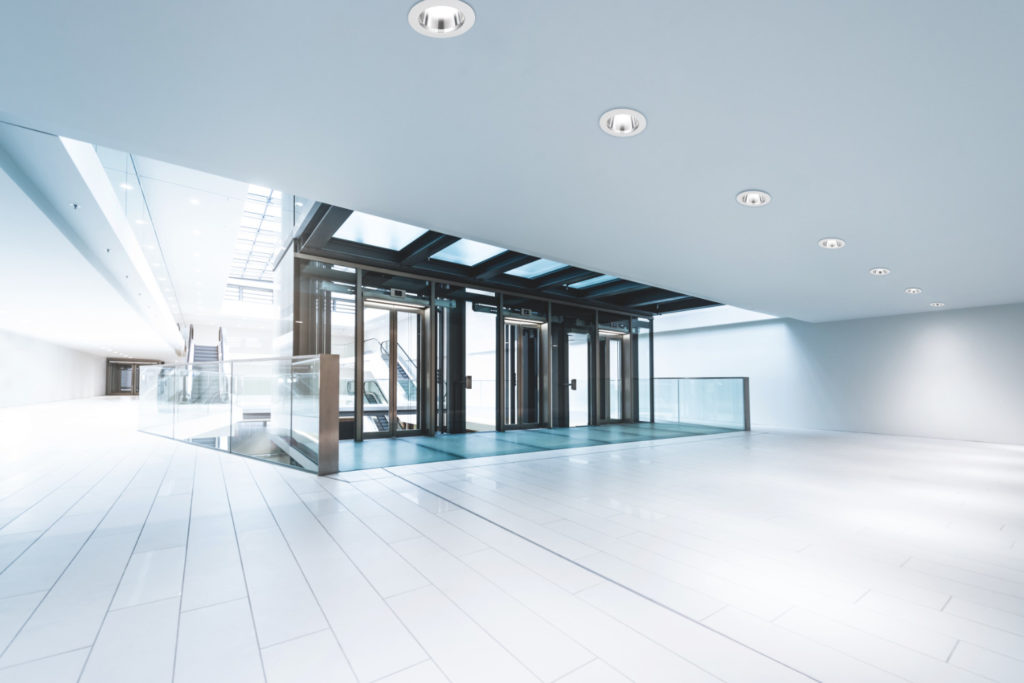
Adapting to a building
Intelligent lighting systems can be adapted not only for building usage, but for the building itself. Whether the system is being applied to an existing facility as a retro fit installation, or to a new build, management systems provide options. For example, Vivares, the IoT light management system from LEDVANCE, works either with DALI or Zigbee technology for maximum compatibility with any intelligent installation.
LEDVANCE Vivares Zigbee works with a controller that communicates with up to 200 compatible devices using the highly reliable Zigbee 3.0 wireless standard. This makes the system a first choice when no additional control lines should or can be laid, such as when modernising existing buildings or refurbishing listed buildings. Vivares Zigbee is also ideal for changing room situations because the system is flexible and easy to adapt.
Vivares DALI is suitable whenever additional control lines can be laid without any problems, such as in suspended ceilings, when retrofitting existing DALI installations or when equipping new buildings. The Vivares DALI system can also be integrated into a higher-ranking KNX system for building control using a KNX interface. This means that automated tests, including reporting, can be carried out on any emergency lighting system.
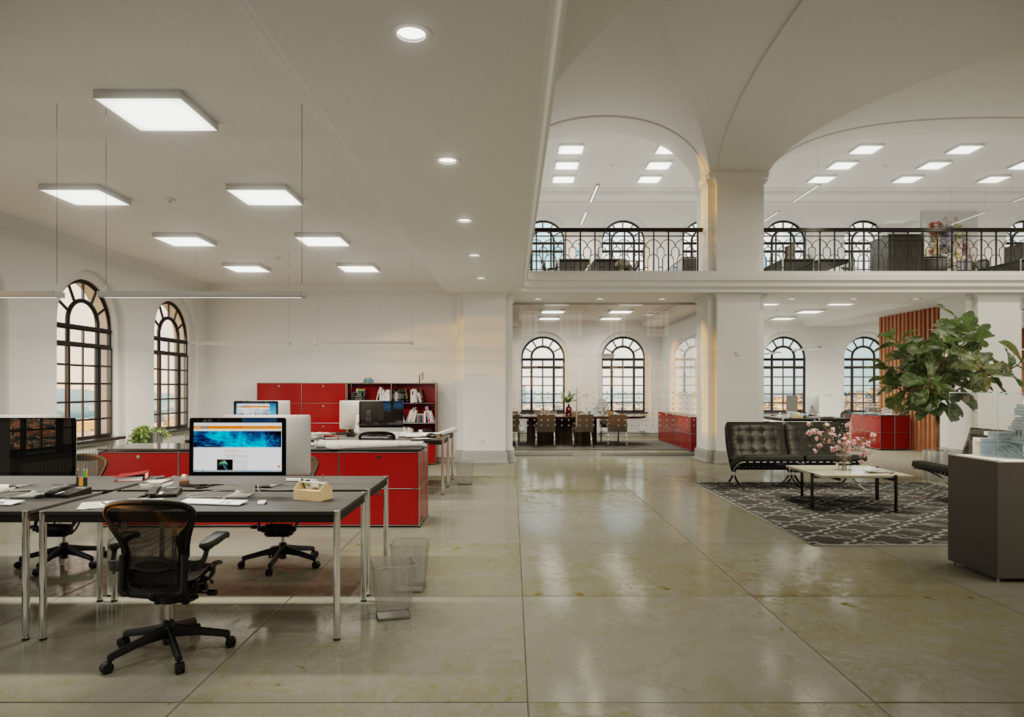
Conclusion
The above offers just a glimpse into what light management systems have to offer for businesses assessing their energy saving opportunities in this field. There’s even more choice out there on the market and, given the rapid developments within this product sector, there’s bound to be even more innovation on the way. Watch this space.
Discover more here


